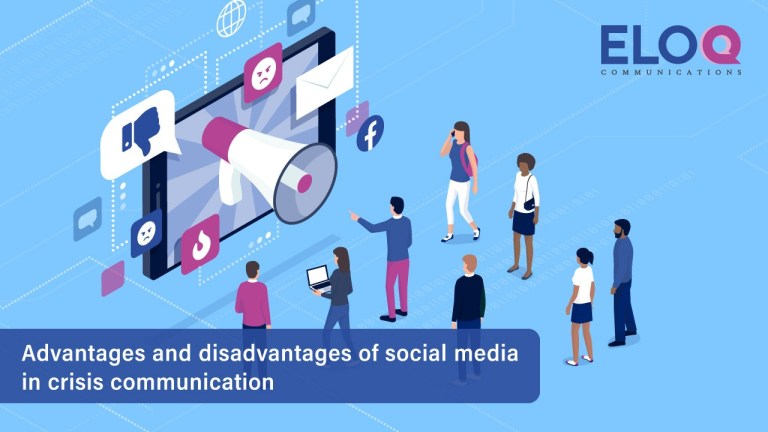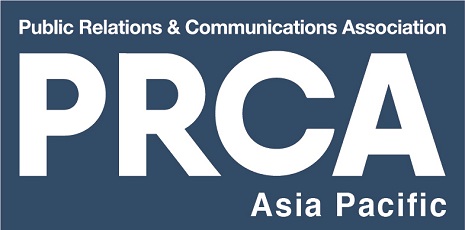Advantages and disadvantages of social media in crisis communications

Social media channels offer both advantages and limitations for crisis communication compared to using traditional media channels alone, such as holding press conference or releasing a correction press release. Advantages of social media channels are their speed, ease-of-reach, and interactivity, which together allow organizations to send messages to stakeholders that are more personal, authentic, and direct. With these advantages, an organization that uses social media for crisis communication may appear more caring, concerned and committed.
In crisis communication, I always advise clients to focus on the interactivity in these channels to create a better crisis management plan. Firstly, social media allows organizations to monitor what stakeholders are saying, and secondly, it allows them to communicate directly with groups or individuals. Because of the interactivity, organizations can easily study how stakeholders communicate about issues, which allows organizations to plan ahead. The voices of stakeholders on social media are clear indicators of the current reputational status of an organization and whether stakeholders accept an organization’s crisis response efforts. Even though online comments may not be a representative sample of all concerned stakeholders, they still provide some reputational indices that are useful in crisis evaluation. Regarding direct communication, a crisis manager can view social media posts to assess stakeholder satisfaction with an organization’s communication and can contact individual stakeholders directly for more detailed feedback (social media channels may allow individuals to give organizations their contact).
Social media channels can also allow organizations to have more personalized and authentic conversations with stakeholders during crises. Without the formality and etiquette accompaning official press releases on news media, responses in social media usually contain informal language, with a personalized touch, and therefore, people may perceive such messages as more reasoned, personal, authentic, and transparent than responses in traditional media channels. Since social media messages sent during crises may be conversational, organizations are well able to demonstrate their warmth, empathy, and compassion toward stakeholders. Such communication can win trust and satisfaction from stakeholders. Victims of a crisis, in particular, may feel like their voices are heard and that they are cared for. Therefore, crisis communication on social media may make organizations seem more responsible and committed.
However, the speed of communication on social media is a double-edged sword. It allows negative comment to spread exponentially in away that is difficult/or impossible for the company to control. There’s also a lack of credibility of some information on social media and limited reach to some target audiences. Although the fast speed of social media channels enables businesses to manage crises more rapidly and proactively, a crisis communicated on social media can also escalate much more quickly. Even if it ends quickly, however, the information about it will linger in social media channels so people can easily look back at it. Therefore, stakeholders and the media can easily link a new issue to previous issues or crises, and knowledge of the older information can worsen a situation.
Another disadvantage is that an organization can control its own content on social media but is not able to control stakeholders’ interpretations, comments or sharing of the content. Although, organizations may have a privileged voice during a crisis, but they are not the only voice. Not only do organizational crisis communicators have less control over social media messages, but the information they share can be misinterpreted, and the publics or witnesses to a crisis can challenge the narrative and have their own opinions.
In summary, social media offer both advantages and limitations for crisis communication. The advantages are the speed, ease-of-reach, and interactivity of these channels, which together allow organizations to send messages to stakeholders that are more personal, authentic, and direct. While speed can be an advantage, it can also be a limitation for crisis communication as negative news may travel more quickly than on traditional media. Other limitations are the possibility for unwanted crisis exposure, lack of control over stakeholder messages, limited reach to some target audiences, and lack of credibility of some information on social media. Then, how should organizations use social media for crisis communication? Some advice is to come in part 3…
This post was written by Dr. Clāra Ly-Le, MPRCA, Managing Director at EloQ Communications. The article was a part of Dr. Clāra’s doctoral dissertation, and was originally posted on EloQ’s blog. Visit EloQ to find more content on the series of crisis communications.
